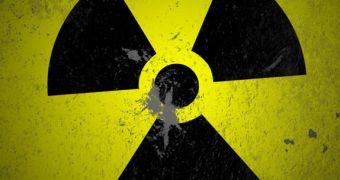About two weeks ago, Japan's Tokyo Electric Power Company (Tepco) went public with the news that the Fukushima nuclear plant was leaking contaminated water into its surroundings.
The company also said that that some of this water might have made it all the way to the Pacific Ocean.
In a recent interview with Reuters, the country's Nuclear Regulatory Authority (NRA) announced that, all things considered, Tepco was anything but prepared to deal with this situation on its own.
Japan's nuclear watchdog wished to stress that this leak was an emergency and had to be treated as such.
“You can't just leave it [stopping the leak] up to Tepco. Right now, we have an emergency,” Shinji Kinjo, the current head of the Nuclear Regulatory Authority reportedly told Reuters.
“New measures are needed to stop the water from flowing into the sea,” he went on to argue.
In the aftermath of the nuclear disaster that took place in March 2011, Tepco built several storage tanks.
What's more, it injected chemicals in the soil close to the Pacific Ocean, thus causing it to harden.
These measures were supposed to contain toxic water build ups and keep leaks from occurring.
Sources say that, according to the NRA, 400 tons of groundwater work their way into the nuclear plant's basements on a daily basis.
Once there, this groundwater mixes with water used to cool the nuclear reactors affected by the 2011 earthquake and its subsequent tsunami, and starts to accumulate.
Although Tepco is pumping out some of this contaminated water, it appears that accumulation rates are higher than removal ones. Hence the NRA's concern that the situation will soon become unmanageable.
“If you build a wall, of course the water is going to accumulate there. And there is no other way for the water to go but up or sideways and eventually lead to the ocean.
“So now, the question is how long do we have?” nuclear engineer Masashi Goto summed up the problem.
Since there is no way of knowing exactly how much contaminated water has thus far leaked into the Pacific Ocean, specialists are unable to say how this will affect local human communities and biodiversity.

 14 DAY TRIAL //
14 DAY TRIAL //